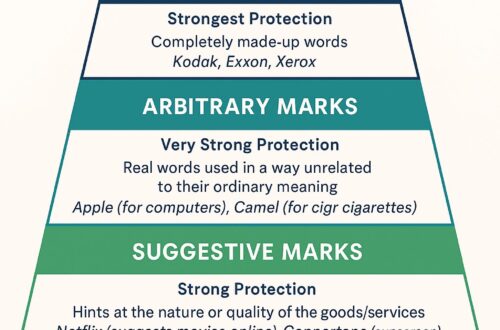Intellectual property (IP) serves as the backbone of modern innovation, providing a legal framework to protect the creations of the human mind. In an era defined by rapid technological advancement and global competition, the significance of IP rights—encompassing patents, trademarks, copyrights, and trade secrets—has never been more pronounced. These legal tools not only safeguard individual and corporate innovations but also underpin economic growth, drive job creation, and foster a culture of continuous improvement across diverse sectors.
Patents, often regarded as the cornerstone of technological progress, grant inventors exclusive rights to their inventions for a limited period, typically 20 years from the date of filing. This temporary monopoly is designed to strike a delicate balance: it allows innovators to recoup substantial research and development (R&D) investments while ensuring that, once the patent expires, the invention enters the public domain to spur further innovation. Consider the case of pharmaceutical giants, which invest billions in developing new drugs. Without patent protection, companies would be reluctant to undertake such high-risk endeavors, potentially delaying life-saving treatments for diseases like cancer or COVID-19. Similarly, in the tech industry, patents on semiconductor designs or software algorithms have enabled companies like Intel and Google to maintain leadership positions, driving advancements in computing power and artificial intelligence.
Trademarks, by contrast, are instrumental in building and preserving brand value in crowded markets. A trademark—whether a logo, slogan, or even a distinctive sound—acts as a guarantee of quality, allowing consumers to make informed choices. For instance, the iconic Coca-Cola logo or Nike’s “swoosh” is instantly recognizable worldwide, representing not just a product but a promise of consistency. This recognition translates into brand loyalty, with studies showing that consumers are 60% more likely to purchase products from brands with strong, protected trademarks. Moreover, trademarks prevent “passing off,” where inferior products mimic established brands to deceive consumers. In 2023, a high-profile case saw luxury brand Louis Vuitton successfully sue a counterfeit operation that produced fake handbags bearing its logo, resulting in millions in damages and the shutdown of illegal factories. Such enforcement not only protects revenue but also upholds consumer trust.
Copyright protection, which covers literary, artistic, and digital works, is equally vital in sustaining creativity. In the music industry, platforms like Spotify and Apple Music rely on copyright laws to compensate artists for streams, ensuring that songwriters and performers can earn a living from their craft. Without copyright, the incentive to produce new music would diminish, leading to a decline in cultural diversity. Similarly, in software development, copyright protects the code behind applications, enabling companies like Microsoft to invest in refining operating systems and productivity tools. Even in academia, copyright ensures that researchers receive credit for their publications, maintaining the integrity of scientific discourse.
Beyond individual sectors, IP rights play a macroeconomic role. According to the World Intellectual Property Organization (WIPO), IP-intensive industries contribute over 30% of global GDP and support millions of jobs. In the United States alone, these industries accounted for $6.6 trillion in economic output in 2022, highlighting their role as engines of growth. By protecting innovations, IP laws encourage entrepreneurship, as startups can secure funding by leveraging patents or trademarks as assets. This, in turn, fosters competition, as new entrants are motivated to develop unique solutions to gain a competitive edge.
